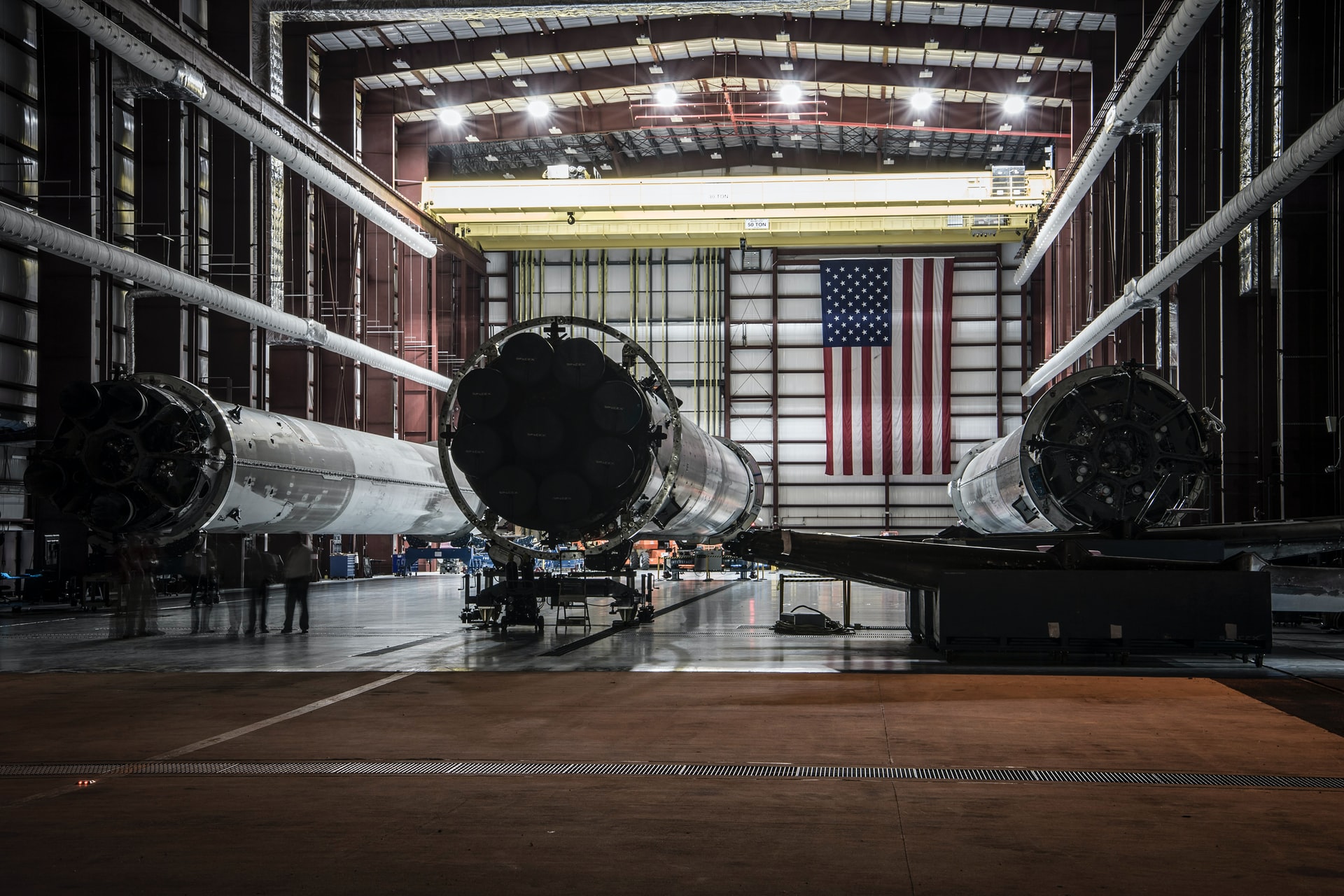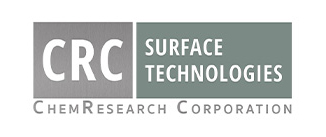
11 Feb Anodized Plating for the Aerospace Industry
The unique elements of composites and their bonded metal materials play a significant role in aerospace plating production. Aluminum anodizing provides a reliable adhesive bridge between composite and metal parts. Accordingly, this protective, resilient plating is the perfect pre-prep bonding solution for aluminum components.
At ChemResearch Corporation (CRC), we specialize in aerospace plating, and we always ensure that our regional and national partners receive the highest quality products. We are committed to using reliable, effective plating methods to prepare aerospace components as an aerospace plating company.
What Is Anodizing?
Anodizing is an electrochemical process that creates a thin aluminum oxide film. Manufacturers can use various acids for this purpose, depending upon the specific materials or needs. Because of its versatility, several industries—medical, defense, and aerospace—use anodized aluminum components.
What Are the Benefits of Anodizing?
The various methods of anodizing produce different results that enhance the finished product. General benefits can include:
- Corrosion resistance
- Electrical insulation
- Increased paint adhesion
- Stronger adhesive bonding
What Forms of Anodizing Are Available?
The aerospace industry uses various forms of anodizing, depending on the parts being treated. Generally, contractors will use one of four types based on the chemical components used and the coating thickness produced.
Type I: Chromic Acid Anodizing
This is the oldest anodizing process used by the industry. The use of chromic acid results in opaque films that are 0.5 μm to 18 μm thick, softer, and more pliable. Industrial manufacturers use these processes, in particular, to form coats on structural parts, as they produce little to no loss of fatigue strength in the finished pieces.
Type II: Sulfuric Acid Anodizing
This process is the most widely used solution in aerospace plating. The use of sulfuric acid generally results in transparent, 1.8 μm to 25 μm thick films. The thickness of the resulting coat decreases fatigue strength, so it is not appropriate for structural parts.
Type IIB: Thin-film Sulfuric Acid Anodizing
This process produces coats of similar thickness to Type I using sulfuric acid. It results in less loss of fatigue strength than Type II. Additionally, it is generally more resistant to corrosion overall.
Type III: Hard Coat Anodizing
This process utilizes high voltage to produce 13 to 150 μm thick films. Contractors generally use this process to improve wear resistance, corrosion resistance, and electrical and thermal insulation.
Anodizing Services in the Southwest
When your business has established a committed, long-term partnership with a capable aerospace plating company, you will always get the best results possible. At CRC, we fulfill the requests of both regional and national aerospace partners with high-quality components produced in a safe, effective manner. Contact us today at 602-253-4175 or 877-457-5283 to discuss your aerospace plating needs.

